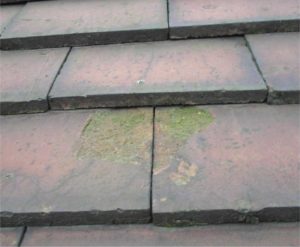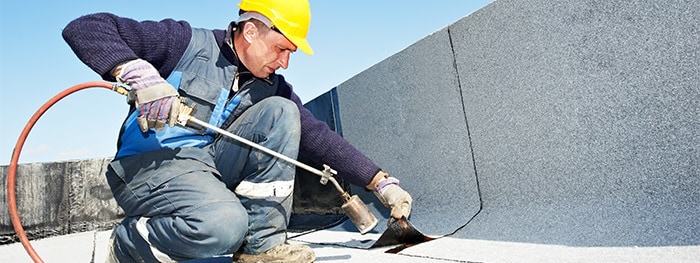Detecting Roof Leak
Some are obvious, but others are less so, and often a process of elimination is needed. When dealing with water ingress the leak may have started in a completely different place from where it shows up. When faced with a roof leak there are a few tips to help in finding the source:
- Identify where the leak is from inside the house.
- Step outside and look for any obvious signs, such as missing slates or tiles, especially above or in the valleys and missing flashings, for example. If you possess a pair of binoculars, these could be very useful.
- Look inside the loft space, if possible, to try and trace the leak to the source; the rafter should be damp down from where water has entered but dry above this point.
- If you suspect that the leak is in the valley, check for splits in the liner.
- Check that gutters are clear of debris and vegetation (especially at the foot of valleys), as water can back up under tiles or slates if it cannot get away.
Leaks may be very serious and costly if not traced and repaired in time. Long-term leaks can cause wet rot and irreparable damage to ceilings and walls. If the leak appears only very occasionally or during periods when heavy rain is accompanied by strong winds, this can be more difficult to detect and cure because the point of ingress may be much less obvious. Check around any pipes that may penetrate the roof to make sure that the collars are sealed, check that tiles or slates are not kicking up and that there are no obvious signs that mortar has fallen out.
Condensation
Damp patches and mould on the ceiling are assumed by most homeowners to indicate a roof leak, but it is often a condensation problem. Introducing ventilation products such as tile or slate vents, overfascia vents and ridge vents should get rid of vapour-laden air before it can settle. If the damp is occurring above a condensation ‘hot-spot’, such as a bathroom or utility room, then a special tile or slate vent can be introduced or an extractor may help to combat the problem. In modern construction it is increasingly common to see ‘breather’ underlay applied to new roofs and re-roofs as an alternative to traditional venting methods.
Frost Damage
To varying degrees, all slates and tiles absorb some water. When this freezes the resulting expansion over thousands of cycles can eventually cause cracks and delamination. This is perhaps most noticeable in clay tiles and slates and is found especially in wet areas, such as the eaves and the valleys.

Delaminated tiles caused by years of freezing and thawing.
Thermal Movement
Roofs, like the rest of the building, ‘flex’ when the weather conditions change. Some cracking of mortar can occur when the roof expands and contracts. This is not necessarily anything to worry about, but the situation should be monitored and, if the condition worsens, then remedial work may be necessary.
